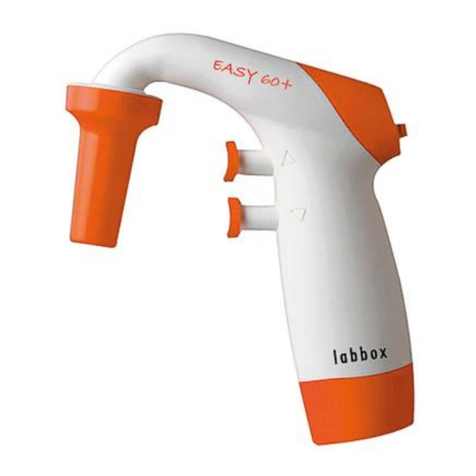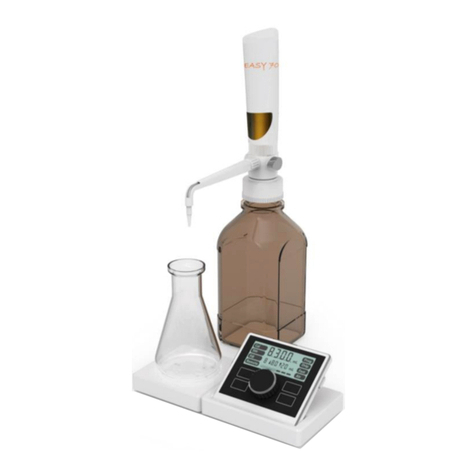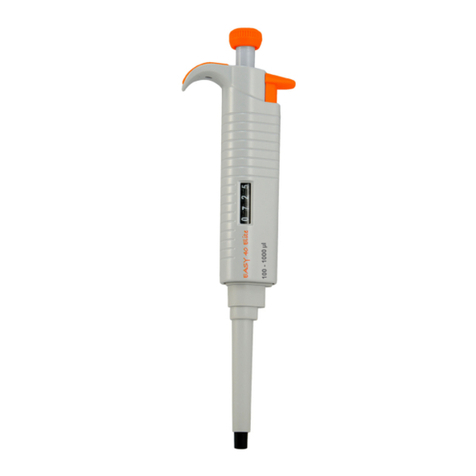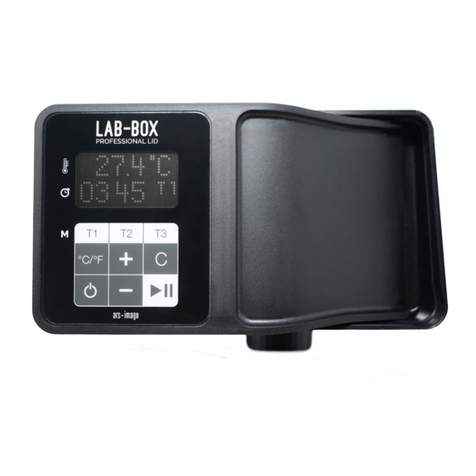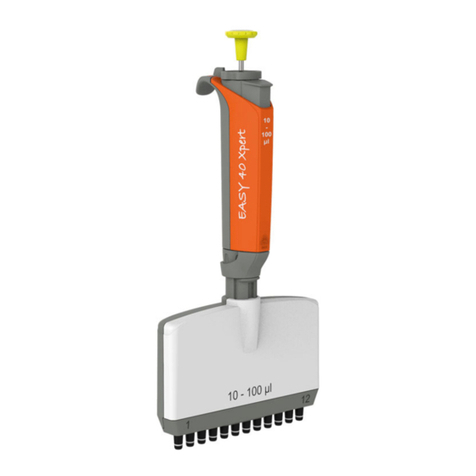I. Safety
1. Overview
This operating manual is prepared for the laboratory instrument operators. Please read this manual
carefully before using the instrument and conduct the operation according to the manual. Personnel
who are not familiar with the instrument operation or safety information shall not operate the
instrument.
This instrument adopts the current most advanced technology for design and manufacturing. But the
improper use of this instrument will cause a potential safety hazard.
The instrument manufacturer has made the assessment on the possible hazard:
-Inexperienced personnel operating the instrument
-Failure to operate the instrument according to the normal regulations
-The operators of this instrument shall know all the below mentioned warnings.
2. Safety
Warning: This instrument is only used for laboratory. If the instrument is damaged due to the
failure of conducting the operation according to the manual during the use, the manufacturer refuses to
bear all consequences.
Warning: If the failure of using the instrument properly or conducting the operation according
to the operating manual causes any consequences, the company will not bear the safety problem of
instrument use.
Warning: The failure of operating the instrument as required by this manual will weaken the
safety performance of the instrument.
Warning: Please conduct the treatment of various solutions used in the test according to the laboratory
safety regulations. Operators shall wear the rubber gloves, lab coats and goggles.
Warning: Oral intake of boric acid will cause acute poisoning, which is mainly embodied in
gastrointestinal symptoms, nausea, emesis, abdominal pain, diarrhea, etc., and then dehydration,
shock, coma or acute renal failure, or high fever, liver and kidney damage, convulsions and even
cause death if serious. It is easily absorbed by the damaged skin and causes poisoning. Chronic
poisoning long-term absorption of small amount of boric acid in gastrointestinal tract or skin will
lead to mild digestive tract symptoms, dermatitis, baldness and liver and kidney damage.
Warning: Sodium hydroxide has causes irritation and shows high corrosivity. The powder or
smog will irritate the eyes and respiratory tract and corrode nasal septum. Direct contact of skin or
eyes with sodium hydroxide may cause burns, and accidental take-in can cause gastrointestinal
burns, mucosal erosion, bleeding and shock.
Warning: Sulfuric acid (95-98 %) has intense irritation and corrosive effect upon the skin,
mucosa, and other organs. Vapor or mist may cause conjunctivitis, conjunctival edema, and corneal
opacity, and consequently blindness; it may cause respiratory irritation, and may cause dyspnea
and pulmonary edema in severe cases. High concentration may cause the laryngospasm or glottic
edema, and finally death by suffocation. Oral take-in may cause digestive tract burns and thus
elcosis. It may cause gastric perforation, peritonitis, renal damage, shock, etc. in severe cases.
Warning: The temperature of the digestive tract will reach 100 ℃during the experiment.
After completing the distillation, take the testing tube out with test tube holder for avoiding scald.






